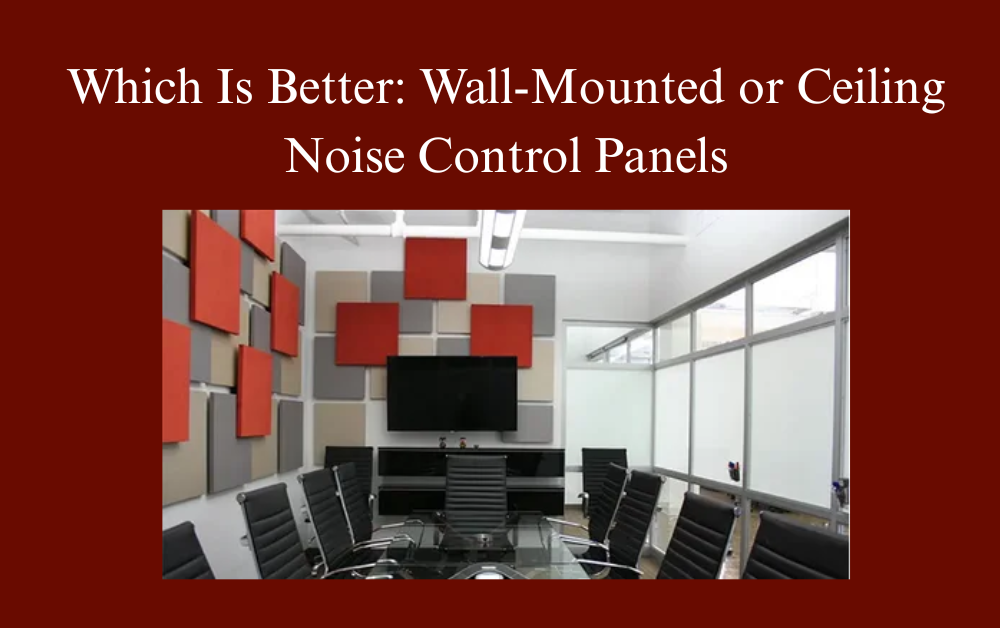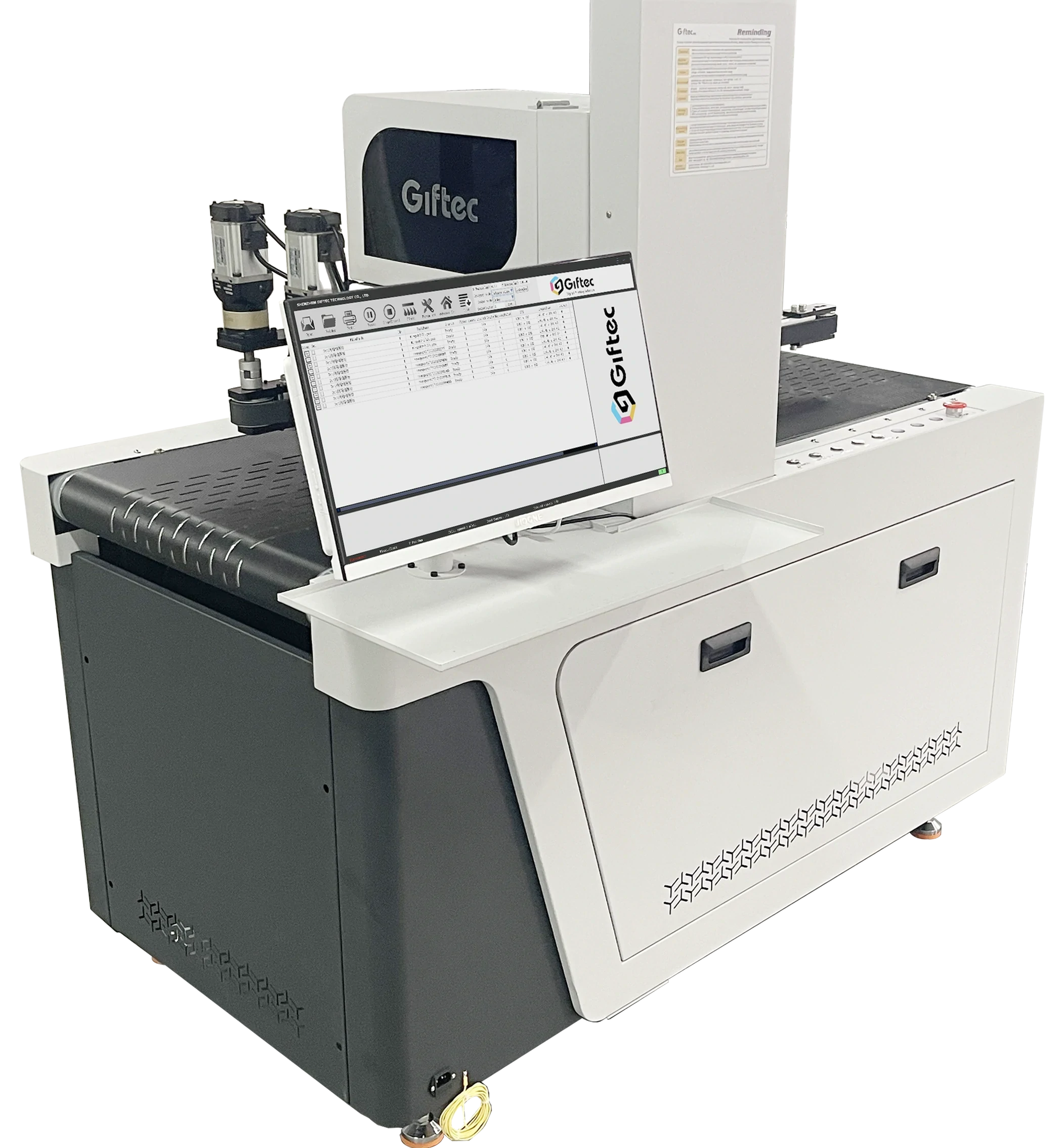When you’re trying to reduce noise in a room or improve sound quality, noise control panels can make a big difference. But when it comes to choosing where to install them, many people ask the same question:
“Which is better: wall-mounted or ceiling noise control panels?”
In this blog, we’ll explain the difference between the two types, how each one works, and when you should use one over the other. Whether you’re working on an office, classroom, studio, or even your living room, this guide will help you make the right decision.
Note : Not sure which one to choose? Let us help you find the perfect noise control panels for your space. Whether it’s wall-mounted, ceiling-mounted, or a mix of both—we have the right solution to make your room quieter and more comfortable. Get in touch with us today to get started!
Understanding What Noise Control Panels Are

Before we compare wall-mounted and ceiling noise control panels, let’s first understand what noise control panels actually do.
What Are Noise Control Panels?
Noise control panels are special boards made to reduce unwanted sound in a room. They do this by absorbing sound waves that would otherwise bounce off walls, ceilings, and other hard surfaces.
Why Are They Used?
These panels are used to:
- Reduce echo and reverberation
- Improve speech clarity
- Make rooms quieter and more comfortable
- Control noise in places like offices, classrooms, studios, and homes
Wall-Mounted Noise Control Panels
Let’s begin with wall-mounted noise control panels and understand what they are, how they work, and when to use them.
What Are Wall-Mounted Noise Control Panels?
Wall-mounted noise control panels are panels that are fixed to the walls of a room. These panels come in different shapes, sizes, and colors, and are usually made from sound-absorbing materials like fabric-covered foam, fiberglass, or mineral wool.
How Do Wall Panels Work?
When sound hits the wall panel, the soft material inside the panel soaks up the sound energy, preventing it from bouncing back into the room. This helps to reduce echo and makes the space sound clearer and calmer.
When Should You Use Wall-Mounted Panels?
Wall-mounted panels are a good choice when:
- The room has a lot of wall space
- You need to reduce side-to-side sound reflections
- You want to keep your ceiling clear
- You want a decorative look with different panel designs
Common Places Where Wall Panels Are Used
You’ll often see wall panels in places like:
- Meeting rooms
- Open-plan offices
- Classrooms
- Home theaters
- Recording studios
- Living rooms and bedrooms
Ceiling Noise Control Panels
Now, let’s take a look at ceiling-mounted panels and how they are different from the ones on the wall.
What Are Ceiling Noise Control Panels?
Ceiling panels are mounted directly onto the ceiling or suspended from it. These panels also absorb sound and help reduce the noise in a room. They are great for spaces with high ceilings or limited wall space.
How Do Ceiling Panels Work?
Ceiling panels absorb sound that travels upward and also help in stopping sound that might bounce off the ceiling and back into the room. This helps reduce overall noise and echo, especially in large or tall rooms.
When Should You Use Ceiling Panels?
Ceiling panels work best when:
- The room has very high ceilings
- There’s not enough wall space
- The room is very echoey
- You want to treat sound coming from above or large open areas
Common Places Where Ceiling Panels Are Used
You’ll see ceiling panels often used in:
- Auditoriums
- Classrooms
- Restaurants and cafes
- Hospitals and clinics
- Gymnasiums
- Large meeting halls
Comparing Wall-Mounted and Ceiling Noise Control Panels
Now let’s look at the main differences between wall-mounted and ceiling-mounted noise control panels. This will help you decide which one is better for your specific space.
1. Installation Area – Where Each Panel Works Best
Wall-Mounted Panels
These work best when you have a lot of open wall space. They are easy to place at ear level, which is where most sound travels.
Ceiling Panels
These are ideal for rooms where walls are covered with windows, doors, or other obstacles. They’re also helpful for very tall rooms where sound bounces off the high ceiling.
2. Sound Coverage – What Kind of Sound They Absorb
Wall Panels
Wall panels absorb sound that travels horizontally—from one wall to another. This helps reduce echo and improves speech clarity.
Ceiling Panels
Ceiling panels absorb sound that travels up and down—from floor to ceiling and back. They are especially useful in large open rooms where sound bounces around a lot.
3. Aesthetic Look – How They Affect Room Design
Wall Panels
Wall-mounted panels can be made in different colors, shapes, and patterns. They can even look like art pieces, adding to your interior design.
Ceiling Panels
Ceiling panels are often plain or shaped like clouds or tiles. They are less visible but work well without changing the look of your walls.
4. Space Use – How They Affect Room Layout
Wall Panels
Wall panels take up wall space, which could be used for whiteboards, TVs, or art.
Ceiling Panels
Ceiling panels don’t take up any floor or wall space, so they are great if you want to keep your walls free for other things.
5. Installation – How Easy or Hard It Is to Mount Them
Wall Panels
Most wall panels are easy to install. You can use:
- Wall brackets
- Double-sided tape
- Adhesive hooks
You can often do it yourself.
Ceiling Panels
Ceiling panels are a bit trickier to install. Some may require:
- Hanging wires
- Ceiling grids
- Extra tools or professional help
Which One Should You Choose?
Now that you understand the differences, let’s help you decide which one is better for your space.
Choose Wall-Mounted Noise Control Panels If:
- You have plenty of wall space
- You want decorative panels
- You’re working in a small or medium-sized room
- You need a DIY-friendly solution
- You want panels at ear level for better sound absorption
Choose Ceiling Noise Control Panels If:
- Your room has high ceilings
- Your walls are already full
- You’re treating a very large or echoey space
- You want to keep walls clear for design or tools
- You want discreet panels that blend into the ceiling
Can You Use Both Wall and Ceiling Panels Together?
Yes, and in many cases, that’s the best solution.
Using both wall-mounted and ceiling-mounted panels gives you full coverage. Sound comes from all directions—not just the walls or ceiling. So, using both can give you a balanced and quiet room with better control over echo and noise.
Real-Life Example: Office Space
Let’s say you have a noisy office where people are talking on phones and having meetings.
- Wall panels can absorb the sound near workstations.
- Ceiling panels can stop the sound from bouncing off the hard ceiling.
Together, they create a much quieter and more comfortable work environment.
Final Thoughts – The Right Panels for the Right Job
Both wall-mounted and ceiling noise control panels do a great job at reducing noise, but they work best in different situations.
- Wall panels are great for rooms with available wall space
- Ceiling panels are better for tall, open rooms
- If possible, use a combination of both for the best results
Call to Action – Improve Your Space with the Right Noise Control Panels
Not sure which one to choose? Let us help you find the perfect noise control panels for your space. Whether it’s wall-mounted, ceiling-mounted, or a mix of both—we have the right solution to make your room quieter and more comfortable. Get in touch with us today to get started!
For more insightful articles related to this topic, feel free to visit : techners












Leave a Reply